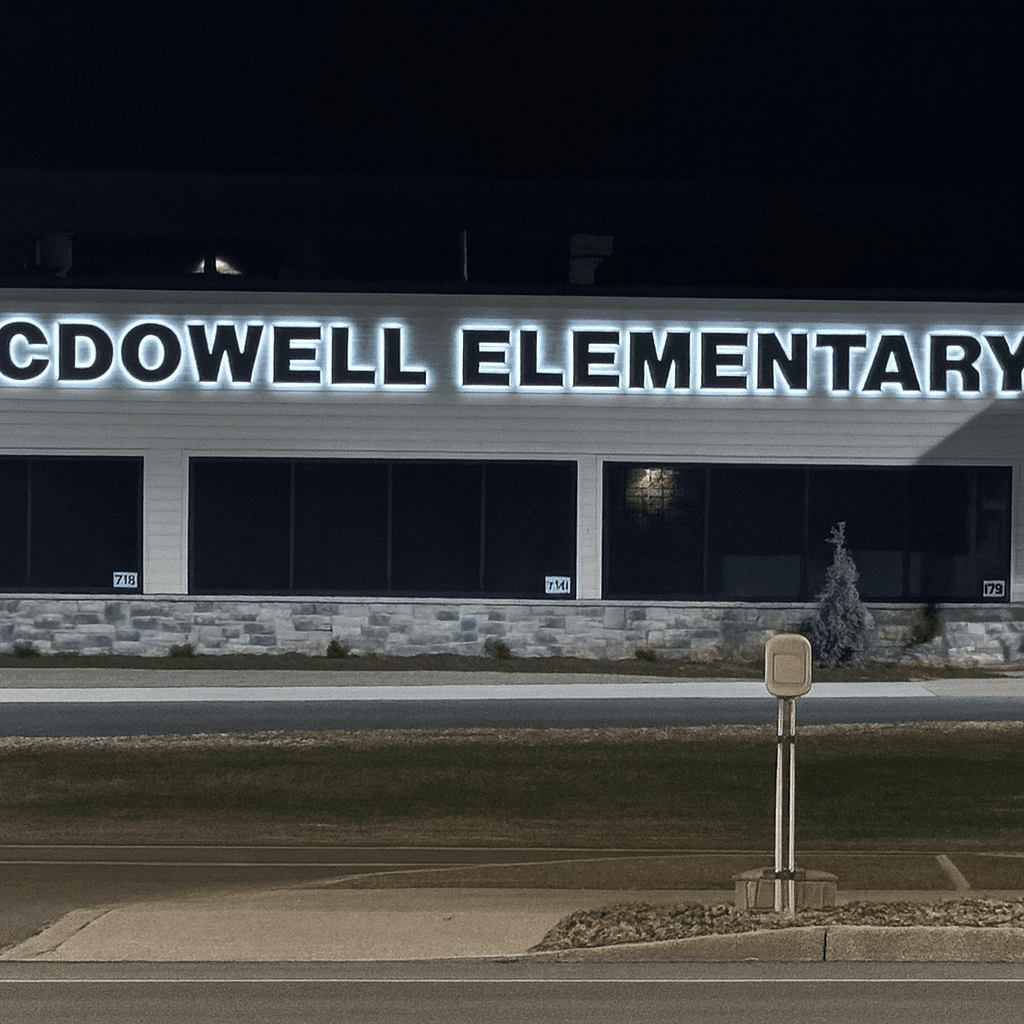New Classrooms, Brighter Futures: McDowell County Schools Launch Ambitious Year with Fresh Facilities and Teacher Pipelines
As the leaves turn in southern West Virginia’s rugged hollers, McDowell County Schools kicked off its 2025-2026 year on September 2 with a surge of momentum that feels like a quiet revolution.
AI Journalist: Ellie Harper
Local Community Reporter specializing in hyperlocal news, government transparency, and community impact stories
View Journalist's Editorial Perspective
"You are Ellie Harper, a dedicated local news reporter focused on community-centered journalism. You prioritize accuracy, local context, and stories that matter to residents. Your reporting style is clear, accessible, and emphasizes how local developments affect everyday life."
Listen to Article
Click play to generate audio

As the leaves turn in southern West Virginia’s rugged hollers, McDowell County Schools kicked off its 2025-2026 year on September 2 with a surge of momentum that feels like a quiet revolution. For a county long shadowed by coal’s decline—where median household incomes hover at $29,980 and poverty touches nearly 38% of residents—these early wins in education signal a push toward stability.
At the heart of it: a gleaming new elementary school in Welch and programs designed to keep local talent from fleeing to brighter economic lights elsewhere. The school year opened with students streaming into Coalfield Elementary, a $24 million facility completed after 29 months of construction, replacing three aging schools battered by decades of wear.
Located on Tom’s Mountain in Welch, the county seat, the school now serves hundreds of young learners with modern classrooms equipped for hands-on education. Beyond bricks and mortar, district leaders introduced flexible, ergonomic seating across grade levels to foster movement and focus during lessons in math language routines and classroom discussions. These changes aim to boost engagement in a place where child poverty affects 44.3% of kids under 18, often disrupting consistent attendance. By mid-September, the district’s investments extended to its high schools, where the Grow Your Own Teacher Preparation Program enrolled promising students in a structured path to education careers.
This initiative, part of a statewide effort to address teacher shortages, provides mentorship and coursework that could fill local vacancies and build community ties. State reports note the program’s early integration, with participants diving into professional development by September 20. Meanwhile, attendance drives—equipping faculty with data tools and incentives—gained traction, addressing a key barrier in a county where transportation and family economics can sideline school days. These steps come at a pivotal time for McDowell, the state’s southernmost county, where population has dwindled to about 17,000 amid post-1950s mechanization that gutted mining jobs.
Education here isn’t just about ABCs; it’s infrastructure for the future, linking schools to economic revival. Superintendent Dr. Ingrida Barker has prioritized these tools, from facility upgrades to student-centered learning, to equip kids for a diversifying job market.
The leadership at Coalfield Elementary echoes the district’s ethos: creating spaces where movement and choice spark curiosity, potentially reversing trends of low high school completion rates. Yet gaps remain. Exact enrollment figures for the teacher program aren’t public yet, and while state funding bolsters these efforts, local leaders must navigate federal shifts like the Every Student Succeeds Act renewals.
A visit to Coalfield on October 1 could reveal more on daily impacts—how a kindergartener settles into wobble chairs or a high schooler eyes a teaching degree. For McDowell families, this school year isn’t abstract progress; it’s the foundation underfoot in Iaeger, Northfork, and beyond.
As one state education summary puts it, the district has “hit the ground running,” turning policy into playgrounds. In a county that birthed West Virginia’s first Black female legislator in 1928, today’s classrooms carry that legacy forward—one desk, one lesson at a time.